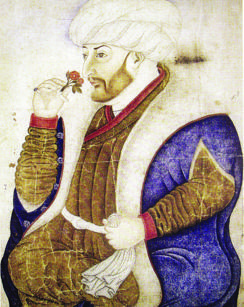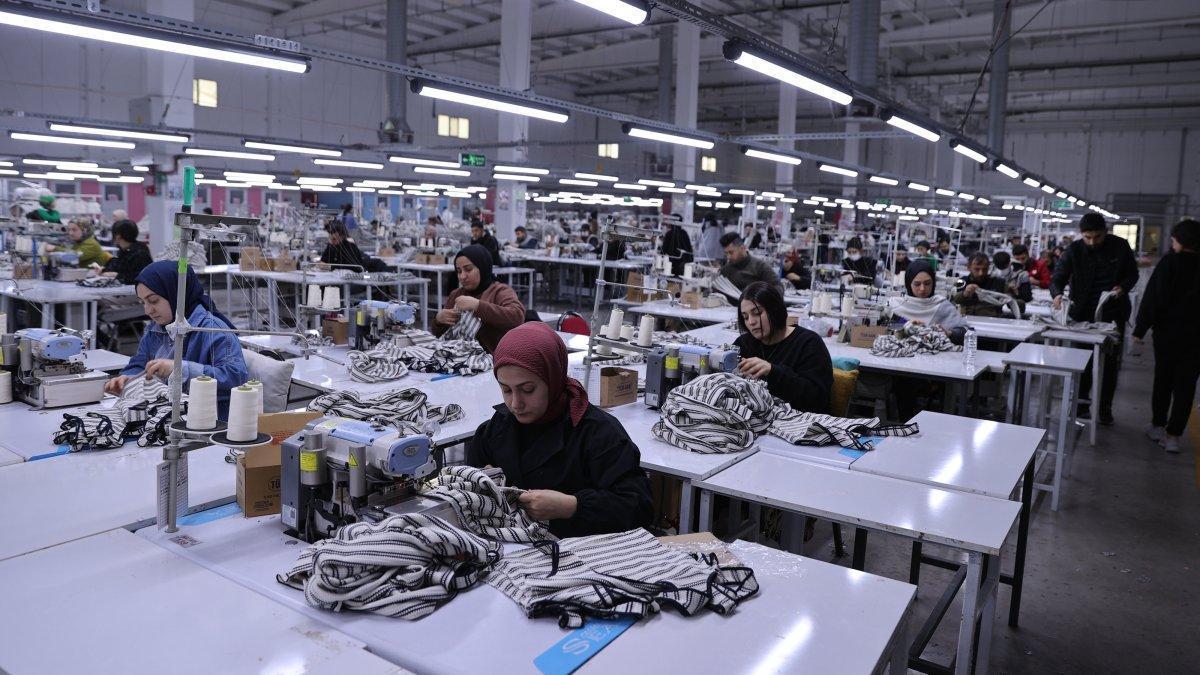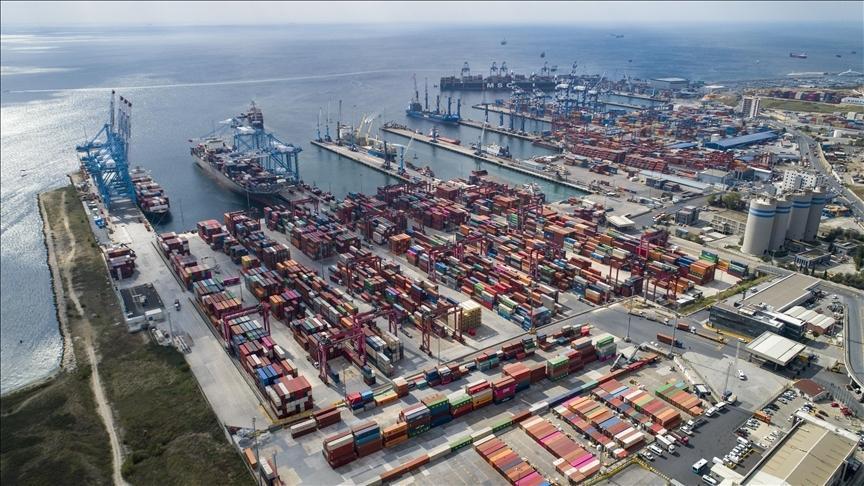A 550-year-old monument to a conqueror Fatih Mosque
Niki Gamm ISTANBUL - Hürriyet Daily News

The photo above shows Matrakçı Nasuh’s depiction of Fatih Mosque and the photo rights shows the interior of the mosque.
March 1463 and the first spade full of dirt was turned over for the debut imperial mosque in Istanbul, to be built on the fourth and highest hill in the old city. Fatih Sultan Mehmed had been busy in the nearly 10 years since he had conquered Constantinople. In fact, he barely spent 20 days in the city after the conquest before he was back in the saddle and on his way to Edirne, which had been the capital of the growing Ottoman Empire. He left behind officials instructed to rebuild the city and settle the Turks, who were being brought in to repopulate Istanbul from Anatolia, in various districts while he set forth on campaigns in Serbia and then the Morea.Construction was everywhere in Istanbul, including the site of the new palace Mehmed wanted built, today’s Topkapı Palace. In his monumental work on Mehmed the Conqueror, historian Franz Babinger points out that the Ottoman ruler was not particularly interested in architecture, unlike his father before him and his son afterwards. What put it in his head to build a large mosque we’ll never know; however, he chose the area on which the remains of the second most important Byzantine church in the city, the Church of the Holy Apostles, was located. Originally built by Emperor Constantine I in the fourth century – he was buried there – the church was rebuilt in the sixth century by Emperor Justinian I, although some believe it was the latter’s wife, Theodora, who ordered the reconstruction. It was subsequently ruined during the Fourth Crusade when the Latin invaders of the city plundered it in the thirteenth century. Enough was left of the church and the complex around it to serve as the ecumenical Greek patriarchate between 1453 and 1456. That moved elsewhere and the remains of the church were pulled down and construction of Fatih’s mosque began. During excavations, some of the sarcophagi of the emperors were uncovered and they are now in front of the Istanbul Archaeological Museum.
The architect Sinan-ı Atik (Old Sinan or Azadli Sinan, Freedman Sinan) was given instructions to make Fatih’s mosque higher and bigger than the Haghia Sophia because the sultan wanted to outdo the Byzantine church. Not much is known about this architect although he would have served an apprenticeship under an expert in the field. It has been suggested that he may have earned his position by converting some of the many churches in the city – 300 is the number mentioned but that seems rather high when one considers that we’re only talking about the historic peninsula – into mosques. One legend says he was a Christian, possibly Armenian, but if so, he converted later.
 ’Mosques of Istanbul’
’Mosques of Istanbul’Whatever training Sinan may have had, he laid out one of the most symmetrical of mosque complexes ever built in Istanbul. It was also the first monumental project in the Ottoman imperial architectural tradition. Henry Matthews points out in his book, “Mosques of Istanbul,” that the design of the newly constructed mosque reflected both Ottoman and Byzantine principles. The mosque was central to the complex, which covered nearly 11,000 square meters (roughly 2.5 acres). In addition to the mosque, which stands in the middle of a large plaza, there were eight medreses (advanced schools that were roughly the equivalent of a university), a primary school, a hamam, hospital, hospice, a soup kitchen big enough to feed 1,000 people a day, a library, caravanserai and the mausolea of Fatih Sultan Mehmed and his wife, Gülbahar Hatun. In his book, “The Mosque in Early Ottoman Architecture,” Aptullah Kuran notes that historical records indicate that there were eight more medreses that no longer exist but may have been in alignment with the ones that do still exist.
When this mosque was finished, the story goes that Fatih Sultan Mehmed was furious with the architect. The dome was only 26 meters in diameter, whereas the one in the Hagia Sophia is just over 30 meters in diameter. He is said to have ordered the architect’s hand cut off. The architect then went to court against the sultan, who lost the case and was sentenced to have his hand cut off. When Sinan realized that the sultan was going to obey the court order, he forgave him, thus saving him from the punishment, and converted to Islam. The sultan then gave him presents to make up for his loss. After the architect’s death in 1471, the same year the mosque was finished, his entire estate was donated to a mescit (small mosque), zaviye (sufi lodge) and a school that he had built in the Fatih district. His grave is in the section of the Sinan-ı Atik Mosque cemetery known as the Kumrulu Mescit. It’s a nice story but whether it’s true or not is for you to decide.
Mosque badly damaged in an earthquake
The mosque in the center of the plaza today is not the original one built by Sinan-ı Atik and finished in 1471. That one was badly damaged in an earthquake in 1509 and restored at the orders of Sultan Bayezid II. The mosque subsequently collapsed in the earthquake of 1766 and was rebuilt in 1771 by Sultan Mustafa III’s architect, Mehmed Tahir Agha, on the same foundations. In this second building, which changed the original mosque significantly, the dome, which had been very big (26 meters in diameter), was reduced in size and supported with four half domes that were in turn supported by four columns. The mosque now took on a rather Baroque appearance in the interior, since that was the popular style of the time. The tombs belonging to Fatih Sultan Mehmed and his wife were also restored following the earthquake, with the former decorated in Baroque style and the latter in a plainer style that probably was truer to its original appearance. There were three gates to the courtyard, one on the kible side and two on the other side. The stone conic caps on the minarets were made in the nineteenth century. The only parts of the first mosque that exist today are the three walls of the courtyard, the mihrab, the fountain, the crown gate and the minarets up to the first balcony.
While the Fatih Mosque is still very impressive today, Suleymaniye Mosque and other mosques built by the later Koca Mimar Sinan overshadow it. Still, 550 years is certainly a respectable amount of time to be in use.
















